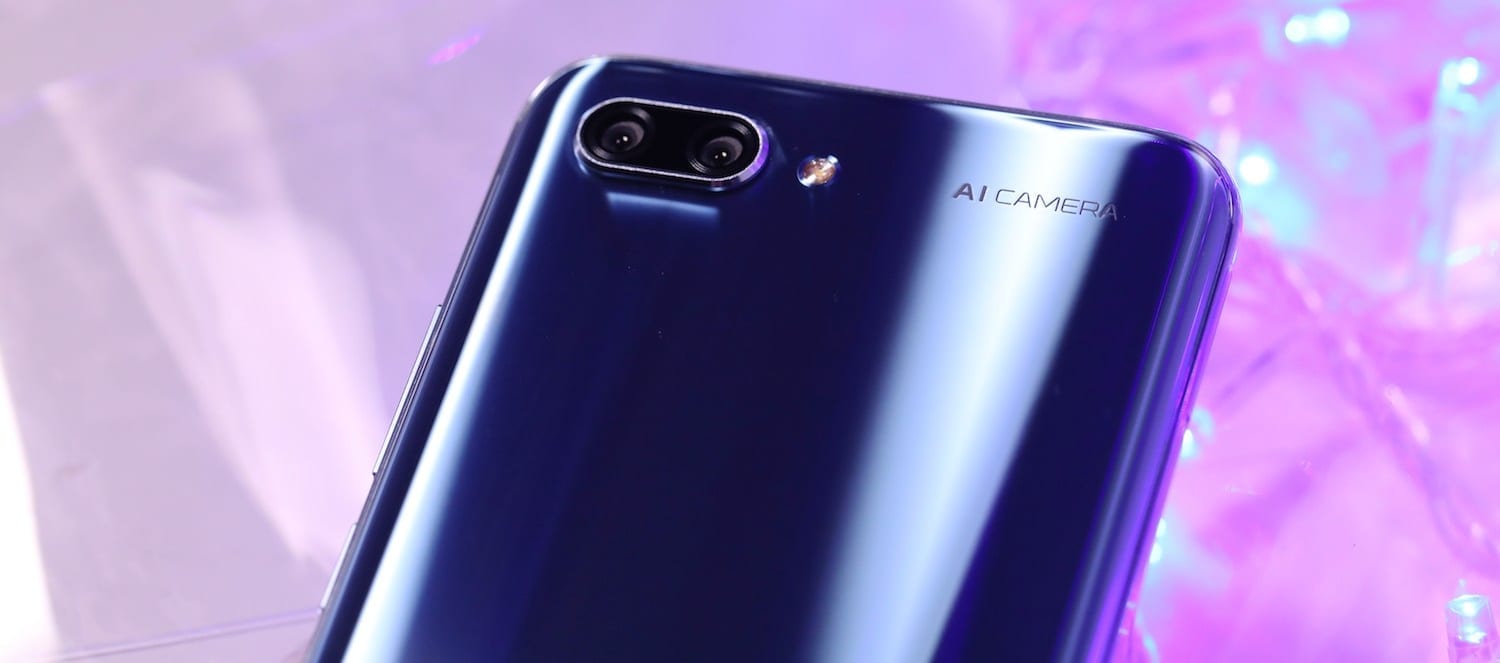
Honor 10 Review: A strong mid-range contender that very nearly stumbled at the starting blocks
When Honor invited me to the Honor 10 launch, with many of the great features from Huawei’s latest flagships, I was very excited. Especially when the phone once again had Honor’s trademark multi-layered glass rear design.
Having now had one to review for a few weeks, I’ve had a good opportunity to compare it with my £799 daily-driver, the Huawei P20 Pro.
At £399.99, the Honor 10 is half the price but it has a specification that’s fairly similar.
Before I continue, let’s pause to look again at the price. £400 versus £800 for the Huawei P20 Pro.
The P20 Pro is an amazing phone but at half the price, and looking even better than the Honor 9 and Honor 8 that came before it, it’s quite difficult to justify spending the extra money if you can live without some of the features the P20 Pro has over the Honor 10.
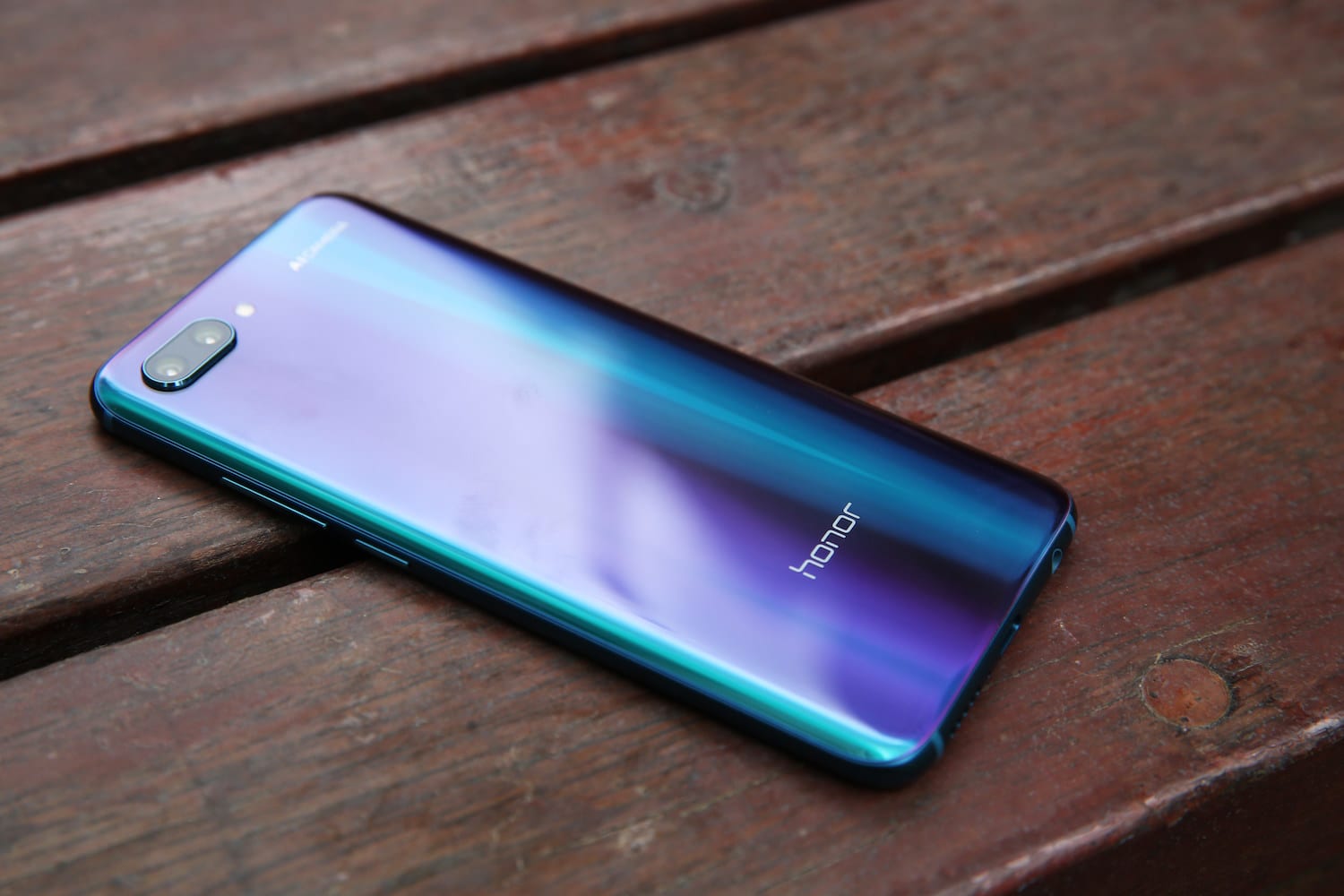
On the up
It’s easy to forget that since Apple broke the £1000 price barrier last year, prices of most new phones have been rising quite rapidly. The Honor 10 takes things back a bit to give a more affordable choice that really doesn’t have that many compromises.
Firstly, there’s Huawei’s flagship Kirin 970 chipset (with Neural Processing Unit for cool AI functions), a decent sized 3,400mAh battery with SuperCharge support, 128GB of storage and 4G RAM on the base model (a 6GB RAM model also exists at a higher cost), the latest version of Android (8.1), dual SIM (with dual 4G), fast Wi-Fi and support for 4G speeds of up to 1.2Gbps (Cat 18 LTE).
Even the display, although LCD instead of the P20 Pro’s OLED type (and with no HDR support), is a large 5.84-inch 19:9 ratio Full HD+ offering (2280×1080 pixels), complete with a notch that can be hidden if you prefer.
With the notch taken away, the sides are left to show the time, battery status and notifications – a setup I find to be excellent and ensures the bezels up top and bottom remain symmetrical, which is especially good when you are using it in landscape mode to play a game or watch a film.
If you don’t like the notch at all, there’s always the Honor View 10, but I personally think that when used ‘correctly’, the notch is a valuable addition and a good use of otherwise dead space.

Honor 10 vs P20 Pro
Let’s consider what else you lose by getting this over a P20 Pro.
There’s no IP-rating for water resistance, and no ability to hook the phone up to a monitor to get a windowed desktop environment. The former is a genuine disappointment, while the latter is a cool feature (see my Mate 10 Pro review for more) but not something many people will miss, as few people will have ever owned a phone before with such an option.
I have to be honest and say that I don’t hook my phone to a monitor that often, and when I do it’s likely to watch a film on a bigger display. You can of course do this with wireless casting if you want, so it isn’t a major loss.
On the camera side, there’s no AI stabilisation (which gives the P20 Pro its incredible ability to get stunning night shots without the need for a tripod) but even that is another thing you won’t miss if you never had it.
Is it worth spending twice as much to get that feature? Perhaps (it really is that cool in my opinion) but we’re talking £400 here. For most people it’s really not a serious question.

Hello Jack!
There’s one thing you will get that you wouldn’t with the P20 Pro, which is the 3.5mm headphone jack. But, on the audio side, it’s worth noting that there’s no Dolby Atmos support or stereo sound (utilising the earpiece as the second speaker) on the Honor 10.
The bottom-mounted speaker is fairly loud and punchy, but it isn’t in the same league and so it’s worth taking advantage of the headphone jack, or using a pair of wireless headphones (or speakers) to truly enjoy any multimedia experience.
A fairer comparison might have been between the Honor 10 and the Huawei P20, but as I didn’t have one of these to review it’s harder for me to make direct comparisons. But even a standard P20 will set you back another £200.
Anyway, now that I’ve made the comparisons, it’s time to concentrate on looking at the Honor 10 in its own right. Let’s be honest, if you’re looking to spend around £400, the P20 and P20 Pro are probably not on your shortlist anyway.
Design
Ever since Honor released the Honor 8 with its multi-layered glass back, I have been a fan. While glass isn’t everyone’s favourite material for a phone (it’s bad enough trying to avoid breaking the display glass without more glass to worry about, as well as the potential slipperiness – see the Sony XZ2 in the video below), it looks great and you get a clear case in the box that can help absorb some of the more moderate bumps and scrapes.
It does lessen the impact of the ‘aurora glass design’ that sees a colour shift as you tilt the phone around, but it also serves to protect the phone which is arguably more important.
It’s still a £400 phone at the end of the day.
In addition to the ‘Phantom Blue’ model I reviewed, the phone is also available in dark grey, black and green. The availability will depend on markets.
For me, blue is the colour of choice anyway – having become Honor’s signature colour.
I love glass backed phones as they look so good, but for goodness' sake keep an eye on them as they're always looking for the chance to make a run for it.#SlipperyLikeAnEel #TheOneThatNearlyGotAway pic.twitter.com/mAnft5jRFa
— Jonathan Morris 🌻 (@jmcomms) June 6, 2018
Security pros and cons
One great feature, even if it’s not as secure as the complex retina-scanning tech from Apple and Samsung, is the face unlock feature. It has featured on other Honor phones of late, including the more entry-level models like the 7X, but it works particularly well here.
In conjunction with the ability to automatically scan your face when you pick up the phone, you can unlock the phone so quickly you’ll sometimes worry that you haven’t enabled security at all. You can even hide notifications until your face is recognised to stop others nosing around your phone.
There’s also a traditional fingerprint sensor, and this time it’s an in-glass ultrasonic sensor that hasn’t been used by the company before. A first for Honor.
It’s not behind the display as it will no doubt appear on future phones, but rather in the bottom ‘chin’ – just like the P20 Pro. Yet it’s completely flat and would be totally invisible if not for a series of small dots to show the outline of the sensor.
However, the sensor on the Honor 10 is not an improvement over what existed before.

Scan, scan and scan again
Throughout the time I had the phone on review, I struggled to unlock with my fingers (and in particular, my thumb) with loads of wasted time re-scanning my fingers with a hope of it improving the accuracy, without any notable success.
That was until Honor released a firmware update in the first week of June (v120) that claimed to fix the issues, and invited me to rescan all of my fingers once done.
 Having applied the update, I can say that things have improved immensely, even if the learning process is just as time-consuming as it ever was. You can be pressing parts of your fingers or thumb for what feels like days before it lets you save the fingerprint ID, but that’s hopefully something you’ll only now have to do once.
Having applied the update, I can say that things have improved immensely, even if the learning process is just as time-consuming as it ever was. You can be pressing parts of your fingers or thumb for what feels like days before it lets you save the fingerprint ID, but that’s hopefully something you’ll only now have to do once.
The accuracy and speed of unlock has improved but it’s still off the mark compared to other Huawei/Honor phones. Frankly, I wish it had just stuck with a tried and tested design that has served users well for a number of phone revisions.
The same sensor can be used for navigation, with a short tap for back, a long press for home and a swipe for recent apps. That’s fine, except the sensor sensitivity makes swiping for recent apps harder than it could be.
In the end, it’s easier to turn this feature off and opt for the on-screen navigation controls instead.
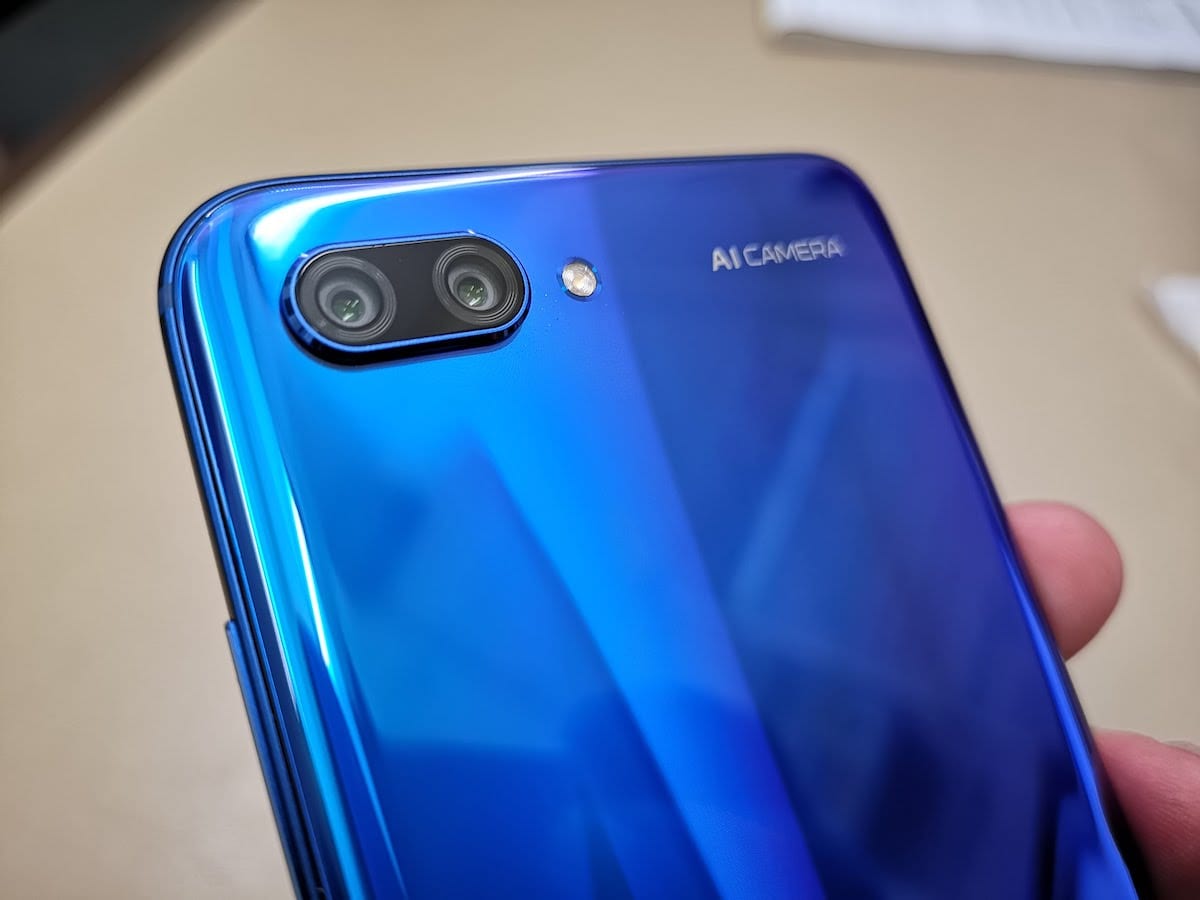
Camera
The dual-camera design means no telephoto goodness from a third sensor, but I will try and resist making more comparisons with the P20 Pro.
With a dual 16+24-megapixel setup (16MP for colour and 24MP for mono) the Honor 10 offers a 2x zoom mode that is near lossless. Each sensor has a f/1.8 aperture and use phase detection autofocus. You don’t get optical image stabilisation or laser autofocus, and I’ve already mentioned the lack of AI stabilisation, but the ‘AI Camera’ is still packed with features to make it a great camera in its own right.
In good light, the photos I have been getting are every bit as good as the phone I will no longer mention. With real-time recognition of over 500 scenarios (from recognising pets, to landscapes, trees and blue skies), the camera adjusts its parameters without you having to do anything (if you opt to enable the AI mode, that is).
There’s also a professional mode if you do in fact want to do some tinkering yourself, but it’s really not necessary.
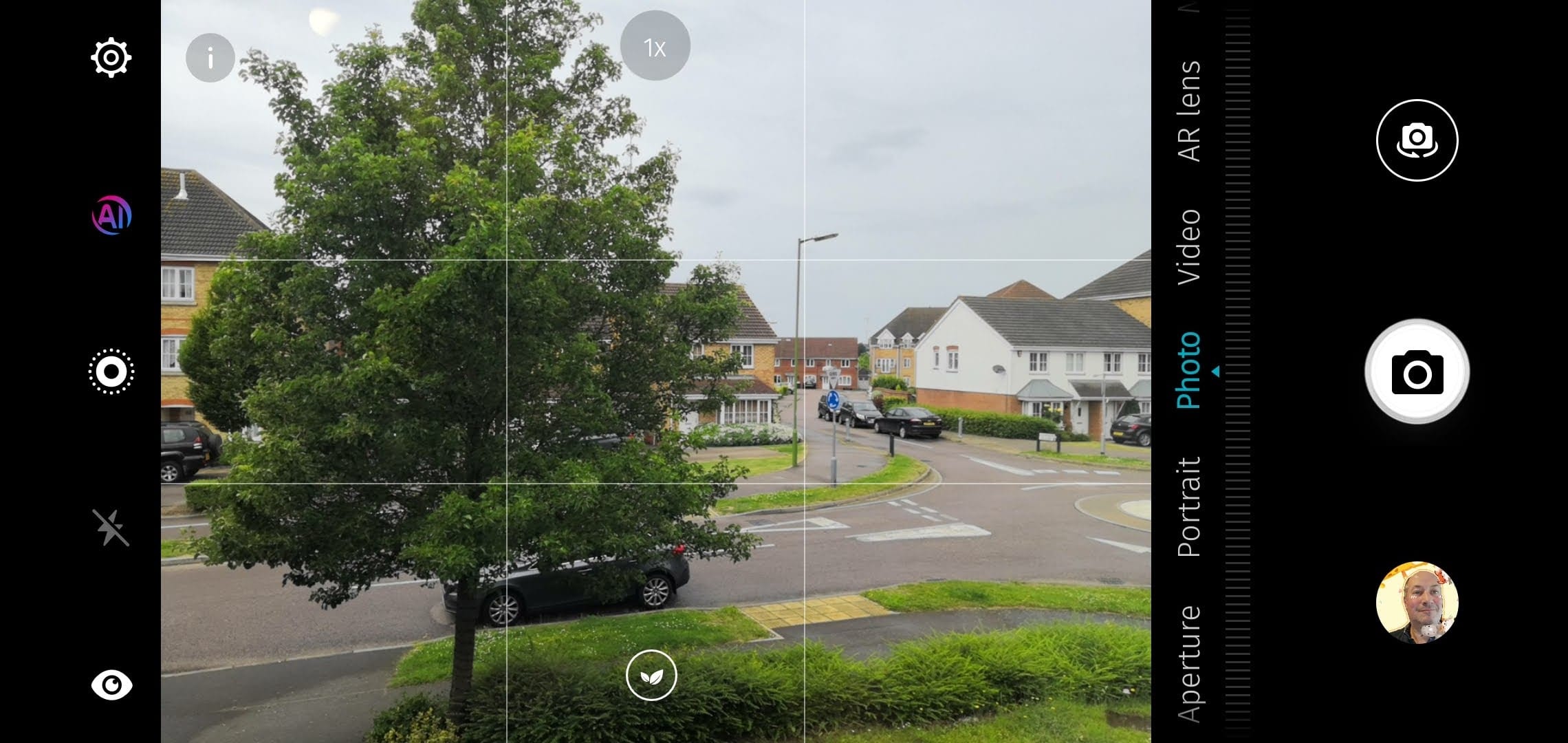
Once it gets dark, the AI camera will attempt to clean up photos and reduce noise but it does so with varying levels of success.
For indoor photos of people there’s a bright LED, but for outdoor landscape shots, you will notice the limitations. However, if you are taking photos to share on social media and Instagram, you’ll be just fine.
Without the tripod-free night mode, for the best low-light photos you’ll be able to continue using the 20-30 second exposure night mode feature. Just remember to pack a tripod or GorillaPod with you.
Although not a feature people are likely to crying out for (even if Sony and Samsung think otherwise in their marketing), the Honor 10 lacks the 960 frames per second super slow-motion feature. Instead you can record at a maximum of 120 frames per second clip at full HD (1080p) or standard HD (720p) resolution. It’s sufficient for the few times you’re likely to invoke this mode.
For normal video you can record up to 4K (at 30 frames per second) or Full HD at 30 or 60 frames per second. There’s also the option to record 18:9 ratio video if you intend to play back the content on the phone screen only, or share with other people who also have a wider screen. Don’t expect amazing videos as there’s no real image stabilisation to speak of, highlighting one area where both Honor and Huawei have some work to do to improve video recording.

There are many fun camera functions too, like the AR Lens mode (that has featured on Honor phones before) that turns you into an animal, or changes the background and applies music and sound effects, a 3D Creator that will make an animated model of you, to more functional services like a document scanner, time-lapse, light painting effects and other filters.
The phone also comes with an editor for both stills and video, plus you can easily back up your photos to either Honor’s own cloud service, or Google Photos. Or both.
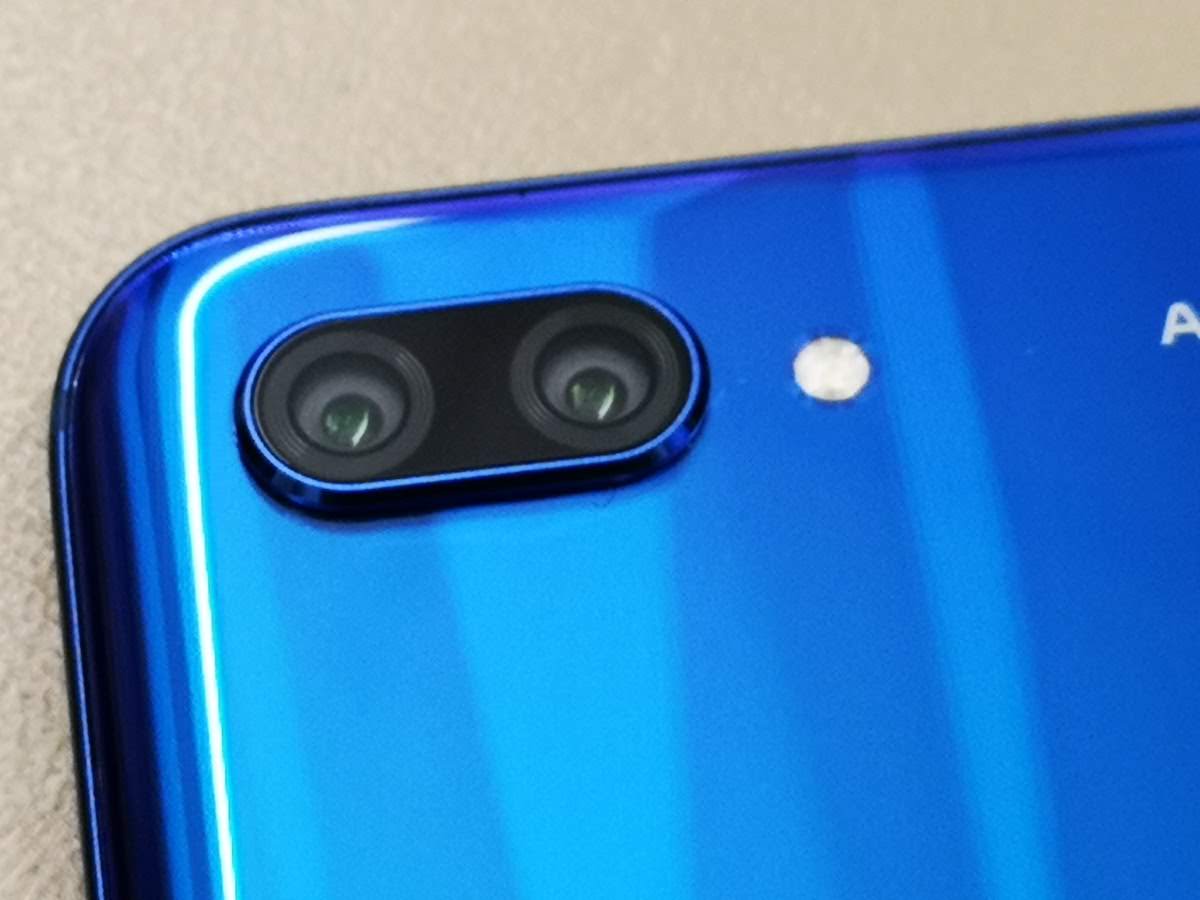
During my time with the Honor 10 I have been extremely impressed with the photos I have taken, and never felt I was missing out by not taking the same photo on another device. As you can see from photos below, many taken by other Honor 10 owners, my positive experiences are far from unique.
For most people, the camera will be a step up from what they used before. It will take great photos, indoors and out, and the selfie-generation will be more than satisfied with the 24-megapixel front-facing camera, which can also record full HD video if required.
You can enjoy more photos in my online Honor 10 Photo Gallery on Google Photos. If you buy this phone, please contribute your own efforts and I may post some of the most interesting shots in a future post here (with full credit).
Camera Samples
Here are a selection of photos from the Honor 10 gallery, with thanks to Gavin Fabiani-Laymond, Chris Hare, Leila Gregory and Jamie Teasdale for their excellent contributions.
Usability
With Android 8.1 out of the box and Emotion UI now being much closer to stock Android, complete with various theming options (and the ability to change fonts if you use third-party apps to enable it), getting up and running is easier than it has ever been.
Existing Huawei and Honor users will obviously have zero problems getting to grips with the Honor 10, but those daring to try something new will not have any issues either. You can back up data from your old phone and transfer it with ease – simply by installing an app on your old phone if it isn’t already loaded.
The dual SIM with dual 4G is excellent for travellers wanting to use local SIMs, or having a spare SIM on another network to give the best chance of getting a good signal when just moving around the UK.
My review device sadly lacked VoLTE (4G Calling) settings for EE and Vodafone, but worked fine for Three (as you might expect, given Three is selling the handset in its stores and online).
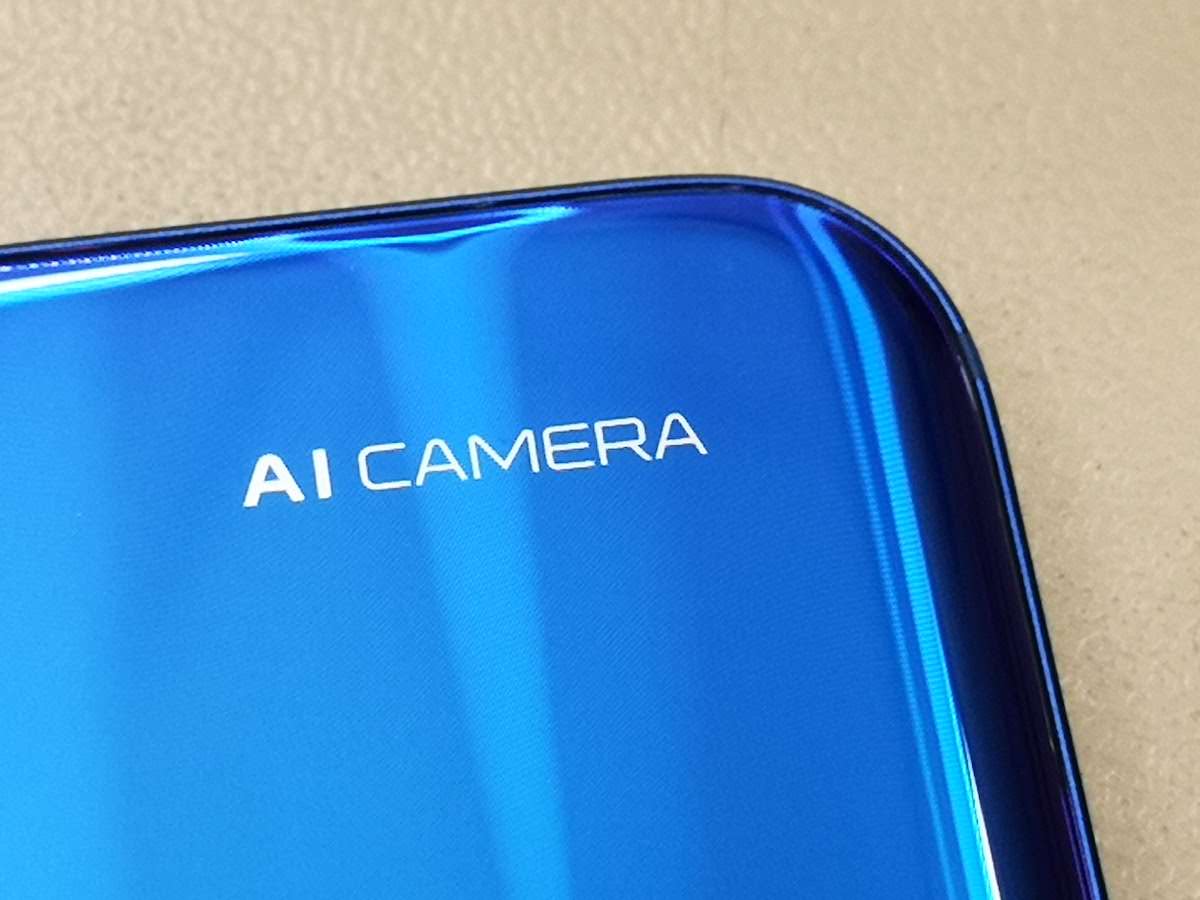
The 3,400mAh battery is smaller than the 4,000mAh battery you get in the Huawei P20 Pro, but it has SuperCharge support and comes with the charger in the box rather than making you pay extra for one.
Better still, it has the same battery saving features that means you’re likely to get better standby times on this than comparable phones.
There are two battery save modes (normal power saving and ultra power saving), a standalone data saver option, options on how fast and often to switch between Wi-Fi and mobile data, automatic or manual control of what apps remain in memory and can use data (Wi-Fi or mobile data), as well as alerts for apps that are consuming a large amount of power.
On any given morning with a fully charged battery, I’ve been told to expect around 18-19 hours standby. That’s usually with 3 to 3.5 hours of screen on time, and two SIMs active.
It’s never easy to give real-world, comparable, battery examples as there are so many factors to take into account, but it is easy to know when you are always getting to the end of a day without it having run out, or the battery getting below 20%.
That’s the case with the Honor 10, so unless your usage is putting the chipset under heavy load constantly, you’ll survive a day with ease and can probably push into the next day without a charge if you have to.
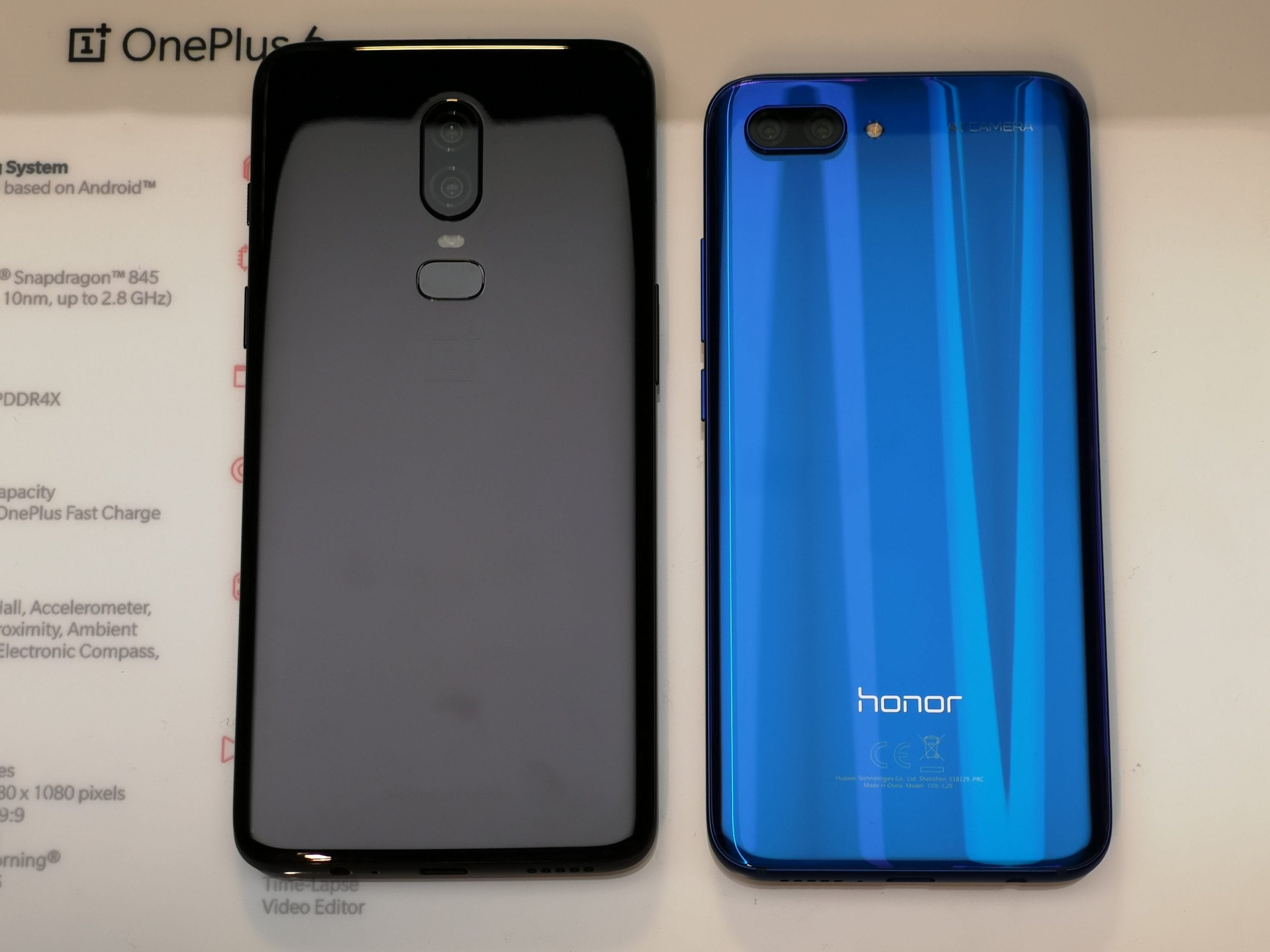
Overall
The lateness in finishing my review proved to be a lifesaver for Honor, having been able to issue an update to address my main complaint about the phone, and for me to get details of the fix into my review before publishing.
The fingerprint sensor is now a lot better, but I fear the fix has perhaps come about from reducing the accuracy of the sensor (this is hinted at by the phone asking me to use a long PIN or complex pattern as a more secure unlock method, which I’ve never seen mentioned before).
For most people, military-grade security isn’t necessary and a phone lock is there to keep nosy people from looking through your phone, or stop opportunist thieves getting access to make calls.
As such I am now a lot happier with the fingerprint unlocking than I was before, but I do wish the phone hadn’t shipped until this issue had been properly addressed.
Early adopters may well have been left with a bad taste in their mouth, tarnishing an otherwise exemplary reputation for Honor.

But as long as you apply the latest update (and any more that may come in the future), you will be able to live with the ultrasonic fingerprint sensor. That’s a mighty relief, because it would have been such a disappointment if the phone had been ‘ruined’ because of one single flaw.
Fortunately the rest of the phone, as well as the design of the phone itself and its price, means Honor has dodged a bullet this time, and will hopefully it will take extra care to make sure it doesn’t happen again.
Huawei’s e-brand doesn’t spend any money on traditional advertising and because you won’t see it in an EE, Vodafone or O2 store, many people may never know of the existence of the Honor 10.
But if you’re reading this then you do know, and you can at least be assured that it is yet another excellent phone choice from Honor’s ever increasing product portfolio of affordable devices.
More info: Honor Website





















Can you ask Huawei/Honor at your next meeting why the Honor 10 isn’t supported for VoLTE on EE UK when the P20 is. It seems like a poor bit of service considering the technical similarities of the two handsets.
It is odd that Honor branded phones don’t have the support for VoLTE/VoWiFi that the Huawei handsets do. I am not sure why this is the case, but wonder if it’s down to Three having exclusive rights to the handset in the UK (besides buying SIM-free).